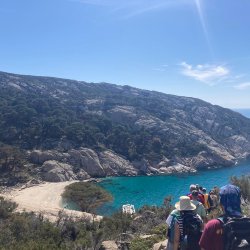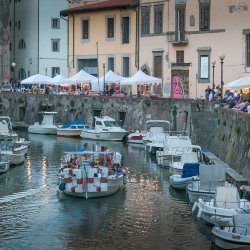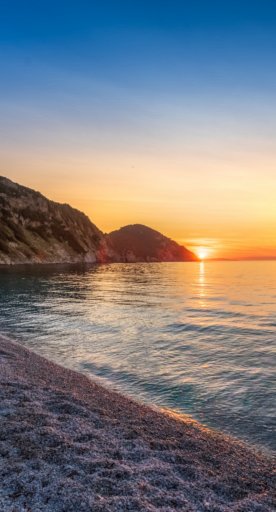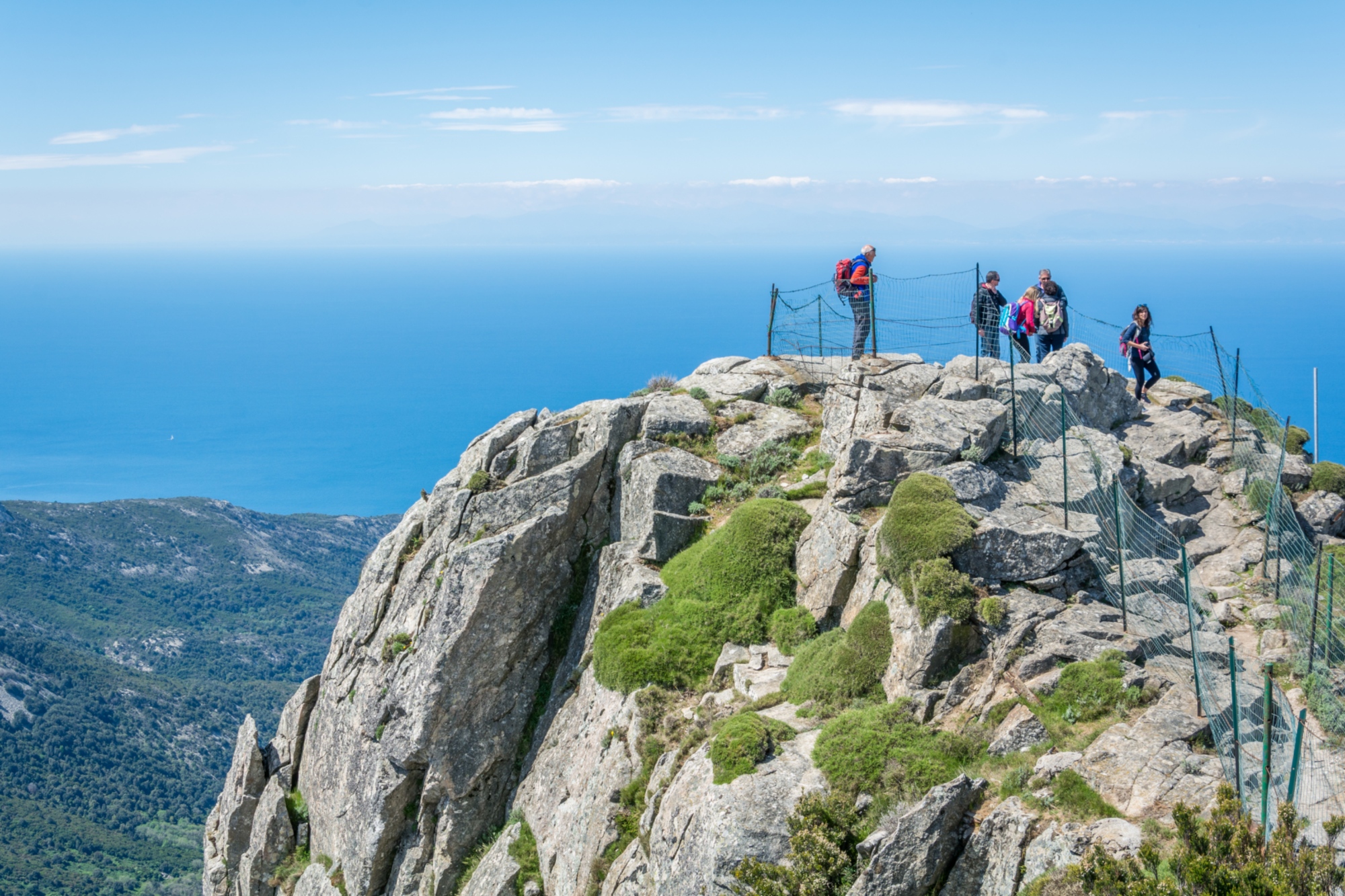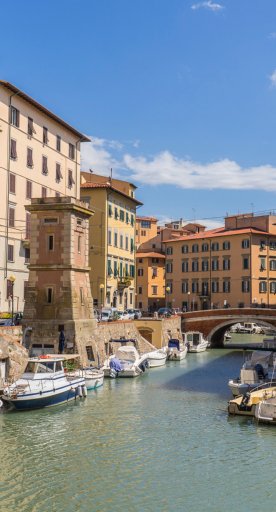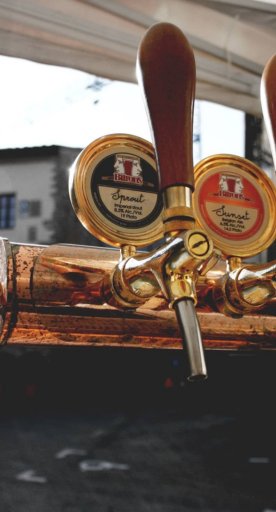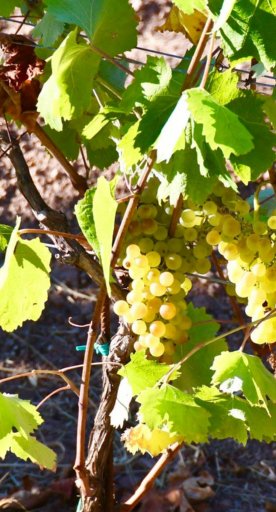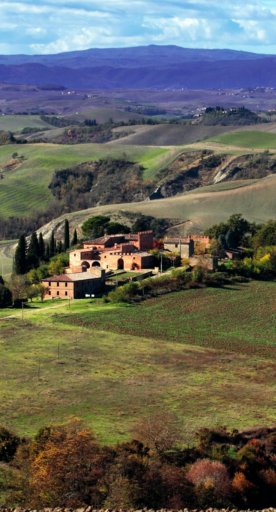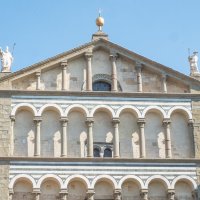Stroll along Livorno’s waterfront, admiring elegant palaces and museums
Evocative views of the city of Livorno, where culture overlooks the sea
|
From the Medici heart of the city to the cliffs of the Castello del Boccale, a route rich in natural and architectural beauty, often portrayed in the paintings by the prominent Macchiaioli group of painters. |
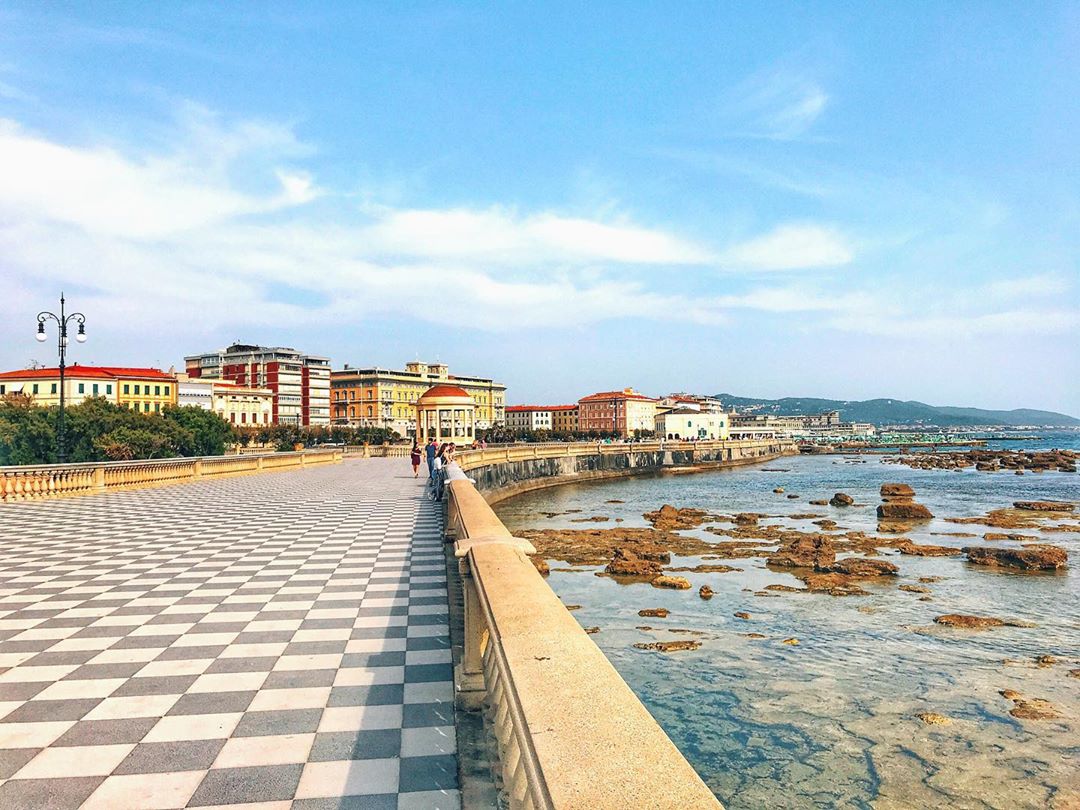
Starting at the Scoglio della Regina—inspired by Maria Luisa, Duchess of Lucca, also known as Queen of Etruria, who had a pool dug for her baths among the rocks on this stretch of coastline—you soon arrive at the magnificent Terrazza Mascagni or Mascagni Terrace. This is the perfect place to enjoy a sunset over the sea. Popular on summer evenings, the piazza dates back to the 1920s. In 1945, the space was named after well-known Livorno composer Pietro Mascagni. When it was restored, along with the entire alcove surrounding it, a bandstand (or music kiosk) was reconstructed following the original model. Also in the piazza overlooking the waves, you can visit the Acquario di Livorno (Livorno Aquarium), a true paradise for all lovers of the underwater world.
Deviate from the waterfront for a short time to head to the Giovanni Fattori Civic Museum, which houses over a hundred works by painters of the Macchiaioli art group. Nearby, you can then visit the Natural History Museum of the Mediterranean, housed in the 18ᵗʰ-century Villa Henderson.
Back on the waterfront, continuing south, you come to the Grand Hotel Palazzo, the most elegant and exclusive hotel in the frivolous and worldly Livorno of the late-19ᵗʰ century.
Opposite the entrance to the Bagni Pancaldi in Piazza Modigliani, you’ll notice the Fontana del Nettuno (Neptune Fountain), donated to the city in 1934 by Giuseppe Valiperti.

From here, you can reach the Church of San Jacopo in Acquaviva in no time at all. Among the most original churches due to its splendid location by the sea, the building stands on an ancient hermitage from the 4ᵗʰ century. It was expanded in the 18ᵗʰ century and oriented toward the piazza to house a stunning crypt now open for visits.
Continue by encountering the Naval Academy, considered among the most prestigious Italian military academies, with this institute having first opened in 1881. On the occasion of its centenary, the sailing race Trofeo Accademia Navale e Città di Livorno (Naval Academy and City of Livorno Trophy) was established, seeing international crews participate in what are now referred to as the “Settimana Velica Internazionale” (“International Sailing Week”).

Art Nouveau villas line the way to the Caprilli Racecourse, which was once the site of important galloping seasons, among the first nationwide in terms of spectator attendance. Named after Livorno-born equestrian Federico Caprilli, inventor of the modern galloping style, the racecourse was built in 1894 as a place of recreation for elite vacationers.
Further on, toward Ardenza Mare, you’ll find the grand Casini di Ardenza, among the earliest examples of mid-19ᵗʰ-century summer residences. Identifiable by their original omega shape, spy a series of elegant neoclassical-style mansions. Then there is the Rotonda di Ardenza, a characteristic circular pine forest that delineates the first part of the waterfront promenade. Since 1953, this place has hosted the “Rotunda” National Painting and Sculpture Prize and other cultural initiatives.

